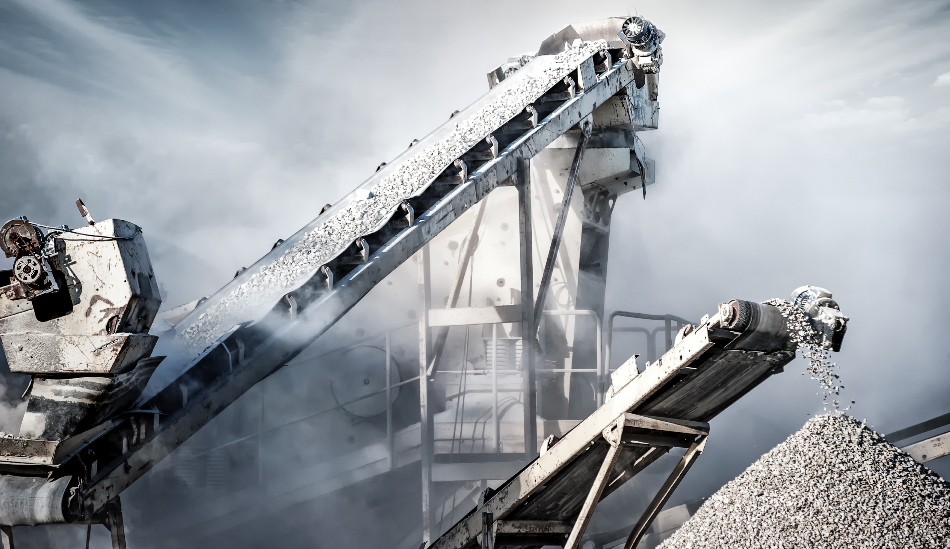
Banana Republic Images / Shutterstock
With roughly 1000 million tires becoming inactive each year, the illegal dumping or landfilling of tires is unsustainable. It takes many years to degrade these materials naturally because of their complex chemical structure and the additives within them used to prolong their lifespan.
Over recent decades, international research into uses for waste rubber has steadily increased. One promising use is the incorporation of waste rubber into concrete to enhance various physical properties.
In a 2017 study, researchers from the University of British Columbia unveiled a more robust form of concrete made with rubber fibers from recycled tires. The study team performed many trials before determining that including 0.35 percent of recycled rubber in concrete led to significantly reduced cracking.
While the inclusion of rubber waste in cement is promising, some degradation of physical qualities has also been observed, such as lower compressive strength.
Processing Scrap Rubber
The processing of scrap rubber for reuse is typically classified by three end products: chipped, crumb, and ground rubber. Chipped, or shredded, rubber is typically used to gravel in concrete. To produce chipped rubber, scrap rubber is shredded into lengths of 100 to 150 mm. Additional shredding can further break down particles into lengths of 13 to 76 mm, which are referred to as ‘‘shredded particles”.
Crumb rubber is typically used to replace sand in concrete and is fabricated using specialized mills, with various sizes of rubber particles generated based on process temperature and the kind of mills used. Standard techniques are used to create crumb rubber particles with high irregularity and lengths ranging from .425 to 4.75 mm.
Ground rubber is typically used to replace cement and it measures from .075 mm to .475 mm in length. Ground rubber is usually made with a micro-milling system and various sizes of rubber are made in more complicated procedures.
Applications
Research has shown cement and concrete infused with rubber waste particles can be useful for concrete constructions in regions with considerable earthquake risk and also in applications with considerable dynamic action, like in railways. Rubber-infused concrete could be used for non-load-bearing applications for noise reduction. Research into this hybrid concrete reveals that performance relies on the chemical makeup of the waste used. For instance, the compressive strength of this material is decreased when using crumb rubber. The use of crumb rubber has a minimal effect when it comes to lowering the workability of the cement mixtures.
Research involving compressive and flexural tests has shown a bigger decrease in the mechanical qualities of concrete when using coarse rubber aggregate instead of fine aggregate, while the post-cracking behavior of rubber-infused concrete was positively affected when using coarse rubber aggregate, which has superior energy absorption and ductility. Using waste rubber in cement or concrete has been linked to a reduction in its flexural strength; at around 37 percent for coarse aggregates and 29 percent for cement replacement.
Incorporating waste rubber was also found to boost water permeability depth in concrete mixtures and increase the water absorption with the use of coarse rubber aggregate, however, water absorption decreased with the use of fine aggregate.
Research has found high-strength concrete with fine aggregate waste rubber comprising of up to 12.5 percent by weight can be produced. High-strength concrete made with crumb rubber has shown superior resistance to abrasion compared to standard concrete. This indicates it can be useful in floors, concrete roads, tunnels, dam spillways, and other applications where abrasive forces are common during service.
Sources:
Disclaimer: The views expressed here are those of the author expressed in their private capacity and do not necessarily represent the views of AZoM.com Limited T/A AZoNetwork the owner and operator of this website. This disclaimer forms part of the Terms and conditions of use of this website.